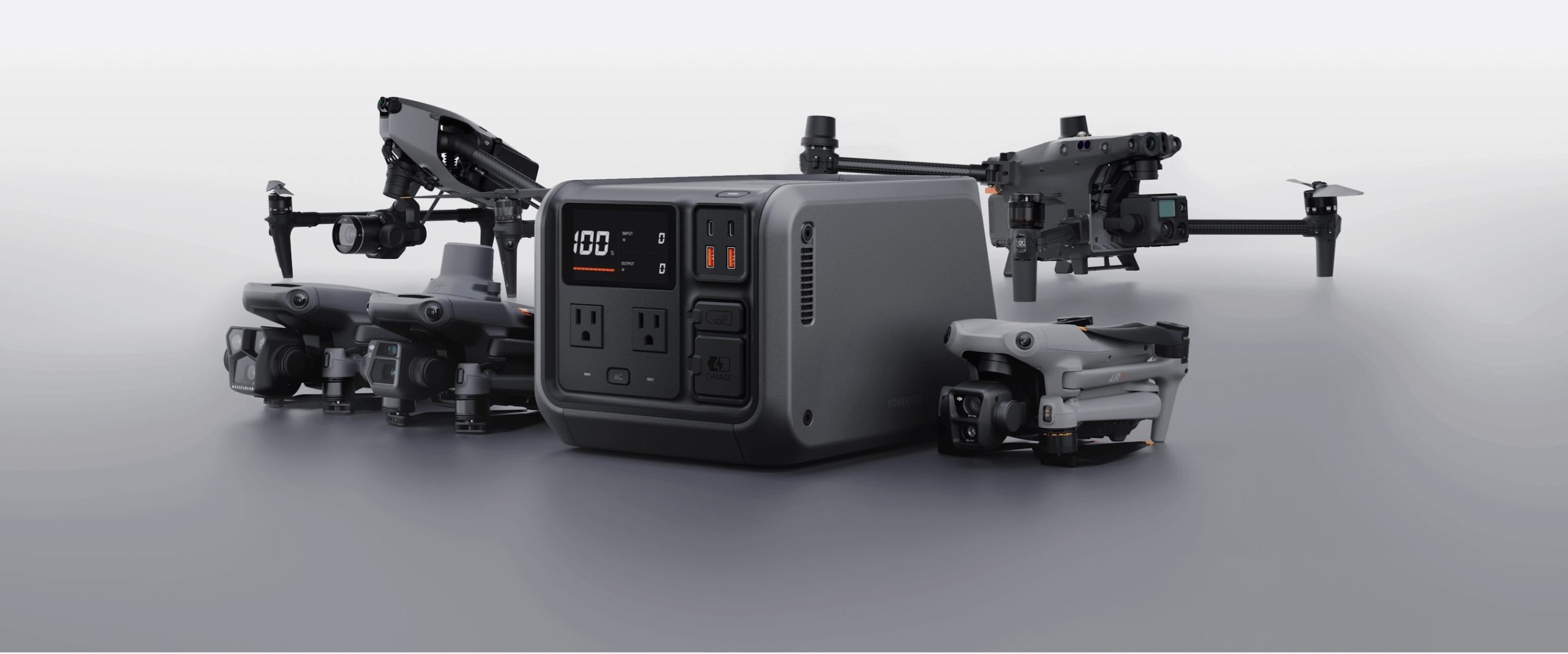DJI has carved a niche for itself with high-quality cameras, drones, and microphones. But their product portfolio recently expanded to include a solution many users have craved: portable power banks.
This foray into the power bank market makes perfect sense, considering DJI’s established ecosystem of rechargeable devices.
From microphones to drone batteries, users often find themselves needing a top-up on the go, and DJI’s power banks aim to address that need.
Offering two options, the Power 1000 and Power 500, DJI caters to different power requirements. This review will focus on the Power 500, the more portable and budget-friendly option.

Priced at $500 on Amazon, the Power 500 packs a punch despite its compact size. It boasts a 1000W output, capable of rapidly recharging drone batteries in under 30 minutes (depending on size). DJI claims it can recharge a smartphone an impressive 28 times.
With its diverse array of ports, the Power 500 can replenish any device charged via USB or AC power. Recharging the Power 500 itself is versatile. Users can plug it into a wall outlet, connect it to a vehicle’s power source, use a USB port, or utilize solar panels for a completely off-the-grid experience.
DJI prioritizes safety with the Power 500, implementing a comprehensive array of safeguards. These include temperature sensors, power outage protection, and a Battery Management System (BMS), resulting in an SGS Switzerland Authority Certification.
In the market for a portable power source? DJI’s Power Series might be your answer. These lithium ferrophosphate (LFP) battery packs come in two sizes: the Power 500 and the Power 1000. The Power 500 is a mid-weight option, clocking in at 7.3 kg (16 lbs).
While not exactly ultralight, it’s manageable for car camping or powering equipment on a short outing. The Power 1000 boasts a larger capacity but with a heftier weight of 13 kg (29 lbs). This powerhouse is ideal for extended off-grid adventures or as a backup home energy source.

